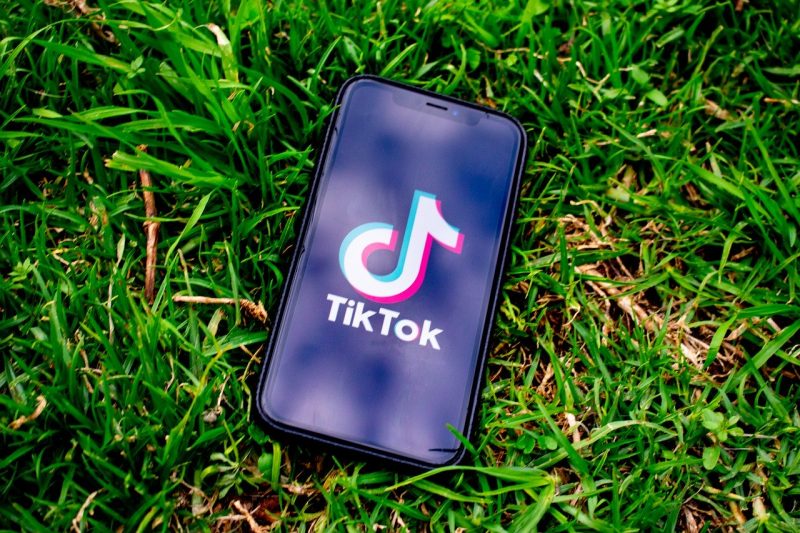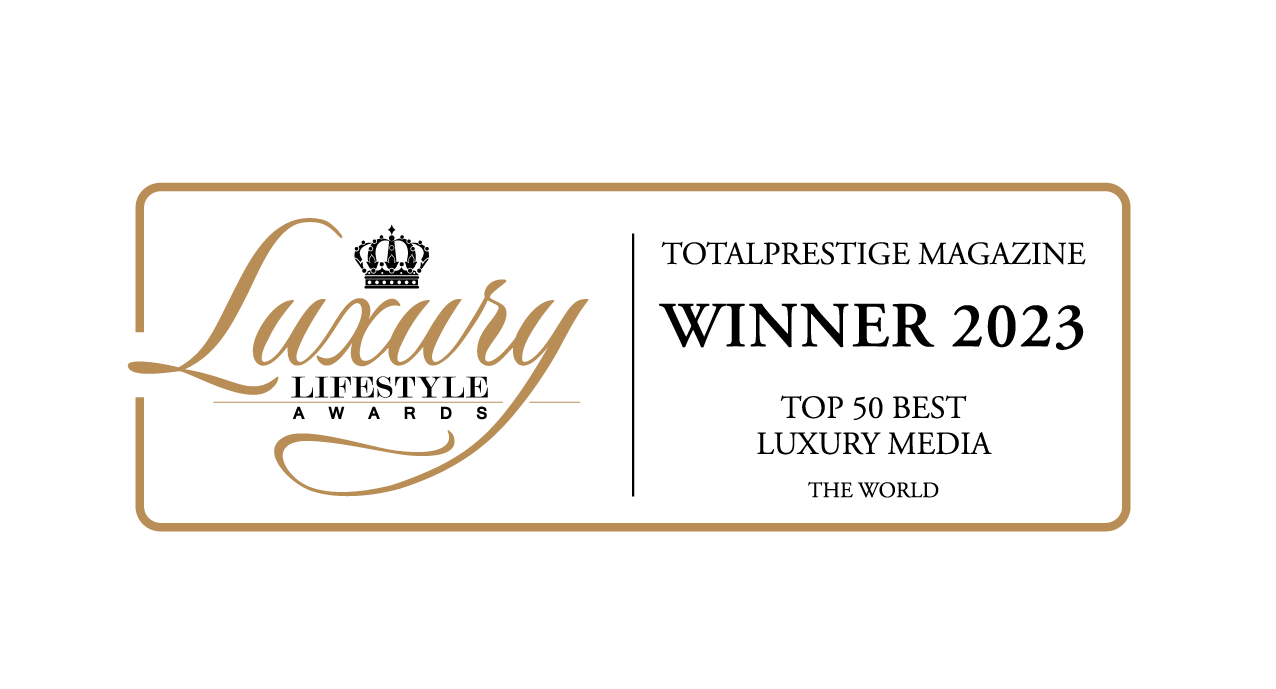In keeping with the cornerstone principles of a four-year campaign of distraction, bluster, and partial to full untruths, the US President signed an executive order last week banning the Chinese-owned short form video app TikTok and chat app WeChat over privacy and security concerns. Like many of his policy decisions, the announcement of the ban came as a shock to everyone including allies and opponents, considering the current context of a pandemic America.
News cycles have focused on the legality and enforceability of this executive order, which seems likely to come under some kind of legal challenge any day now as its broad language and the scope of executive powers come into question. ByteDance, the owner of TikTok, appeared to already be in talks to sell the US portion of its business to Microsoft before the announcement. Tencent, the owner of WeChat and Alibaba, has a smaller presence in the US market but is still entangled in the economy as most multibillion-dollar companies tend to be. How the executive order will be enforced still remains to be seen (the order gives 45 days for the companies to comply with “the rules” of the order, which have yet to be determined by the Department of Commerce).
In the midst of all this hand wringing, people have continued to use the app and seek alternatives. On August 5th, Facebook’s Instagram released Reels, a short form copycat video service that clearly aims to fold Instagram’s billion users into a growing trend. Triller, a Los Angeles based music and short form video app has seen a surge in downloads since the ban was announced, with 35 million downloads coming in the days following the announcement.
It’s clear that banning TikTok will likely not affect users’ ability to access the app and its content, and may likely give rise to similar copycat players to fill the void. It’s unlikely that the apps will be placed behind a firewall (ironically, similar to China’s Great Firewall), and the abundant availability of VPNs and other workarounds could simply make it so that using the app evolves as a part of a larger countercultural movement. The potential for legal challenges or eventual purchase by a US entity makes it even more likely that the ban won’t really change much about how users access TikTok.
However, the political convenience of the ban cannot be overstated. As the administration flounders its coronavirus response (with case numbers doubling in a month and schools closing as quickly as they’re reopening), critical aid for those in need remains tied up in a partisan tug-of-war, protests continue, and countless other fires dot the US landscape all as the election looms near, taking decisive action against a supposed threat makes the President look “in control” for a few news cycles.
The goal of actions like this is to divert attention away from ineffective leadership, to cloud the national consciousness and distract from actual necessary work. Effective leaders can quickly and intelligently address the issues faced by their constituents – or at least make it seem like they’re making an effort. With 150,000 dead and millions unemployed, perhaps banning an app mostly used by teens looking to go viral should be lower on the administration’s list of priorities.

Eric Yaverbaum, CEO of Ericho Communications, is a communications, media, and public relations expert with over 35-years in the industry, having co-founded Jericho Communications and served as President from 1985 until its successful merger in 2006 with LIME Public Relations & Promotions. Eric has worked with a wide-range of top-of-their-industry clients including Sony, IKEA, Progressive Insurance, Domino’s, Beachbody, H&M, and fitness guru Jack LaLanne. Eric is also a bestselling author who literally wrote the book on public relations – the industry-standard bestseller PR for Dummies – as well as six other titles including Leadership Secrets of the World’s Most Successful CEOs (over a million copies sold). His expert commentary has been featured on Forbes, The Washington Post, The New York Times, HuffPost, CNBC, Fox Business, and PR Week, among others.











